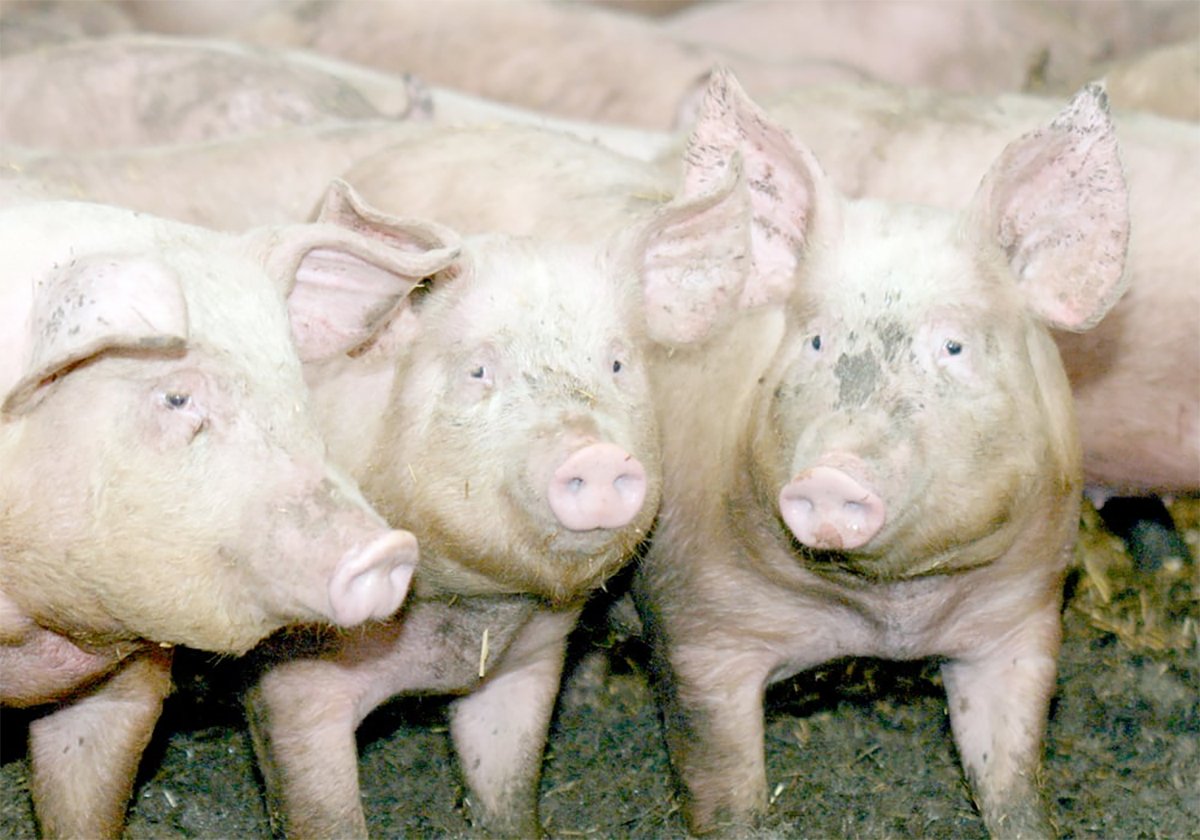OSLO, Norway (Reuters) — Diversity of livestock breeds and farmed plants continues to decline, threatening future food supplies, says the head of a new United Nations panel on biodiversity.
Zakri Abdul Hamid said preserving neglected animal breeds and plants is necessary because they could have genes resistant to future diseases or to shifts in climate.
Many traditional breeds of cows, sheep or goats have fallen out of favour, often because they yield less meat or milk than new breeds. Globalization also means people’s food preferences narrow to fewer plants.
Read Also

The Western Producer Livestock Report – November 13, 2025
Western Producer Livestock Report for November 13, 2025. See U.S. & Canadian hog prices, Canadian bison & lamb market data and sales insights.
Zakri said there are 30,000 edible plants in the world, but only 30 crops account for 95 percent of the energy in human food, dominated by rice, wheat, corn, millet and sorghum.
“(It is) more important than ever to have a large genetic pool to enable organisms to withstand and adapt to new conditions,” he said.
The world’s population is expected to reach nine billion by 2050 from seven billion now.
Zakri said that the UN’s Food and Agriculture Organization estimated last year that 22 percent of the world’s livestock breeds are at risk of extinction, which means there are fewer than 1,000 animals in each breed.
Irene Hoffmann, chief of the FAO’s animal genetic resources branch, said many nations have started breeding programs for rare livestock, from llamas to pigs. Some are freezing embryos and stem cells that might be used in cloning, she said.














